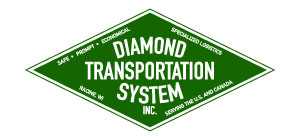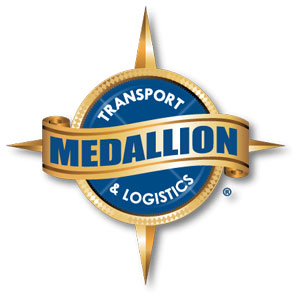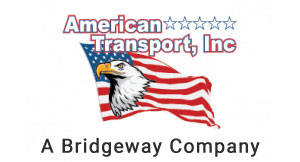Preparing for a Heavy Equipment Move: A Checklist for Success
Moving any kind of equipment can be difficult. Whether you’ve got construction equipment, kitchen equipment, or anything else, heavy equipment moving requires a lot of planning. To ensure that you succeed with moving heavy equipment, we have a checklist for you to follow.
Your Heavy Equipment Moving Checklist
Review the Owner’s Manual
The owner’s manual for the equipment may contain details on how to transport it. Its own checklist may be featured, which is unique to the equipment. It may include how to secure moving parts or if some parts should be removed entirely prior to transport.
If you don’t have the physical owner’s manual, contact the manufacturer or look up the model # online for a PDF version of the manual.
You must ensure there are chains or sufficient tie-downs to secure the vehicle to the trailer. Some manuals will include specific points that should be tied down.
Obtain the Necessary Permits
Permits may be necessary to help with the transport of heavy machinery. This can include wide load and heavy load permits. These can vary based on how much machinery is being transported, what kind of truck is being used, and the city, state, and county requirements.
The further your equipment moves, the more research you will have to conduct. Every city and state may have specific requirements and permits for you to obtain.
While you can obtain the permits independently, having a logistics specialist assist you with the legalities is also possible.
Cover Sensitive Parts
Various sensitive/vulnerable parts may need to be covered before transport. This is something that the movers may do – or it may be something that you will be responsible for. Either way, you’ll want to do a final check to achieve the highest standards.
Often, with heavy machinery, it’s transported on a flatbed trailer. A tarp may cover it, but aspects may still be exposed to elements during transport. If there are parts that are exposed to rain, wind, snow, etc., that could be damaged, they should be covered.
Components you should look at include:
- Exhaust pipes
- Computer panels
- Batteries
Depending on how the components are installed, you’ll want to cover them in an airtight manner, using either tape, bands, or even zip ties. Longer routes will mean longer exposure, so be sure that any method you use can withstand the elements.
Stage the Equipment
The equipment has to be prepped and staged so that it is ready to be loaded. There will be lots of turns and bumps along the way, so your equipment must be prepared for that. Even with the heaviest-duty straps, some work still has to be done.
Doors and compartment covers: Everything should be latched – and it should even be taped or tied shut. The last thing you want is a door or cover to fly open mid-transport. Depending on the speed, it could tear off or even cause an accident with a vehicle in another lane.
Fluids: All fluids in your equipment should be emptied – fuel, coolant, oil, and anything else. You don’t want to discover that these fluids spilled during transport. Additionally, draining the fluids will help against damage/freezing when the equipment is exposed to colder temperatures during transport.
Loose parts: Any loose parts should be removed, taped down, or otherwise secured. There’s no telling what could loosen even further during transport or fly off/out entirely. Particularly with construction equipment, look for items that workers may have left behind – sunglasses, hats, ID cards, and more.
Washing: The equipment should be cleaned well prior to it being secured on a transport vehicle. There are several reasons for this. First, it will make it easier to see where all of the handholds and tie-downs are. Second, it will allow you to see any new damage that may have occurred upon the equipment arriving at its final destination.
Prepare for Moving Day
When moving day arrives, you must be prepared for the loading at your current location and the unloading at your destination site.
- Clear plenty of space around the equipment
- Have walking paths cleared of obstructions
- Ensure the ground where the equipment will be placed is flat and in good condition
You will also want to make sure that the necessary equipment is in place to secure the equipment to the trailer/flatbed. There should be no slack in the straps/chains – and at least two people should conduct a full inspection before going on the road.
Why Heavy Equipment Movers Should Be Contacted
The reality is that heavy equipment moving is not easy. If the equipment isn’t moved professionally, it can damage the equipment and all sorts of other problems along the way.
Countless things can go wrong if you don’t work with professional heavy machinery movers. You could end up with financial penalties because of not getting the right permits, and you can end up injuring inexperienced personnel. Even insufficient planning can lead to problems with your equipment arriving at your destination in a timely manner.
By working with heavy machinery movers with a reputation for working with the equipment you need to work with, you mitigate the risks and set yourself up for greater success.
Get Help with a Heavy Equipment Move
At Osage Specialized Transport, we work with a variety of carriers and can establish all of the logistics for moving heavy equipment. With years of experience, we can connect you with heavy equipment moving companies that will move everything for you safely and effectively – regardless of whether it’s going across the state or the country.
Contact us when you’re ready to learn more about heavy machinery movers who can help you with your move















